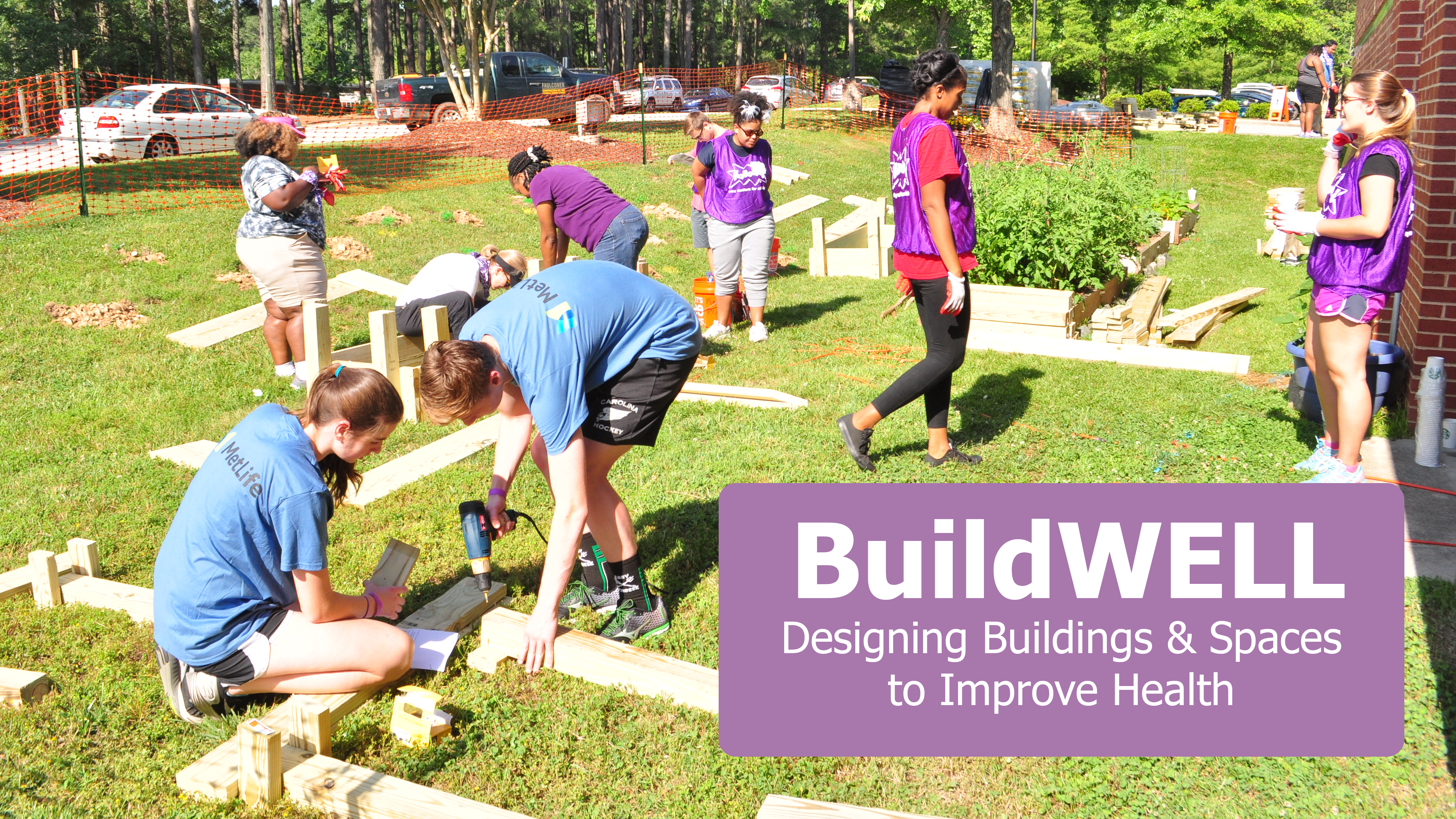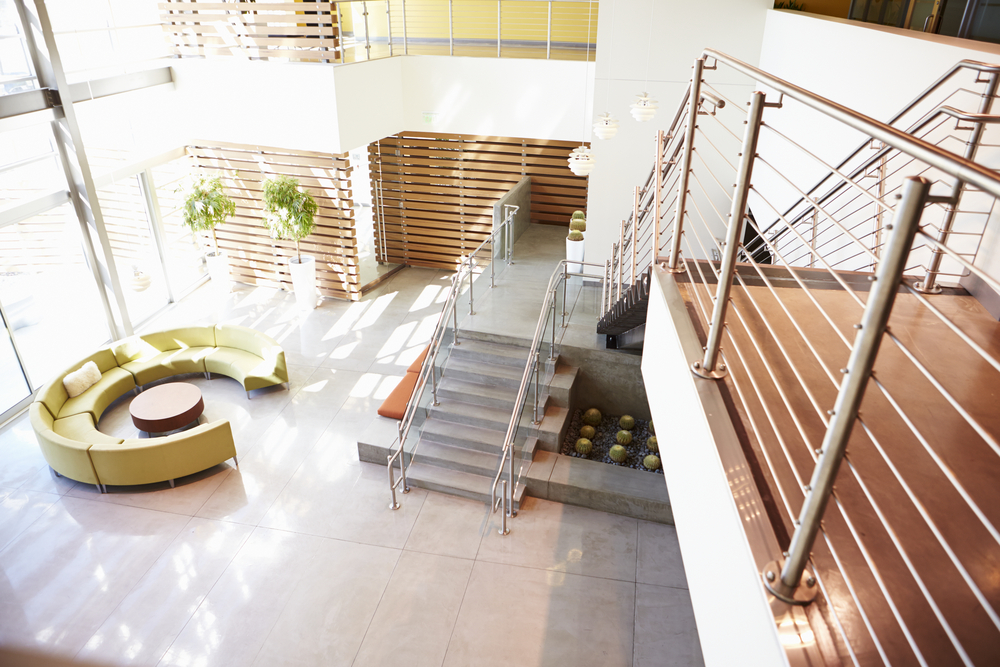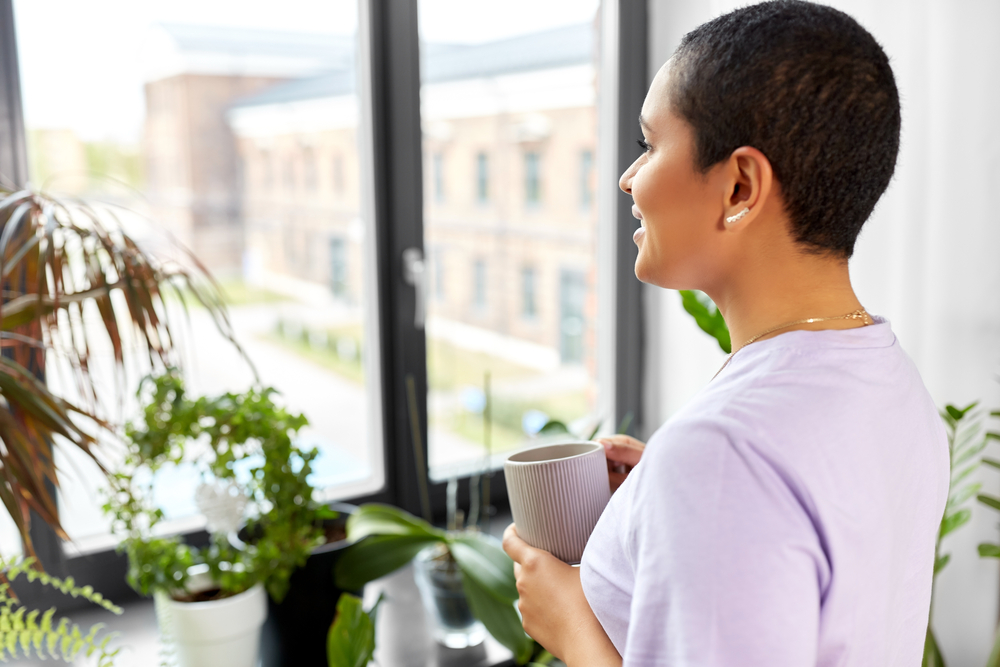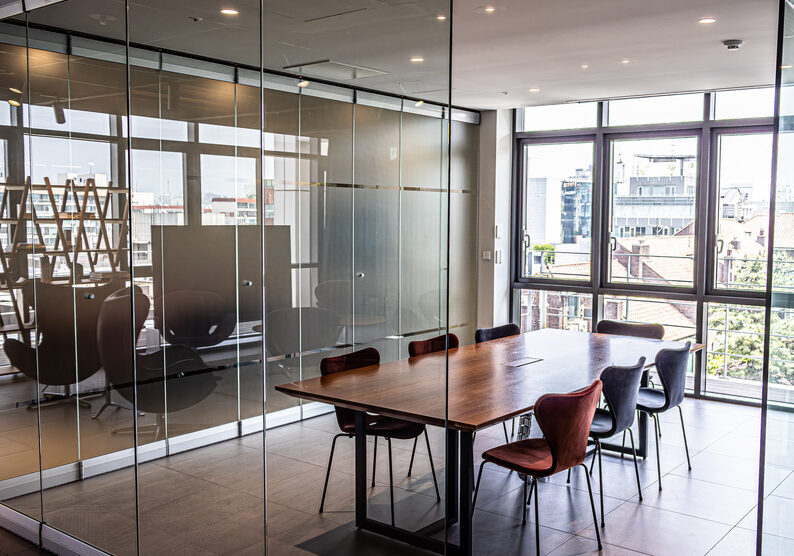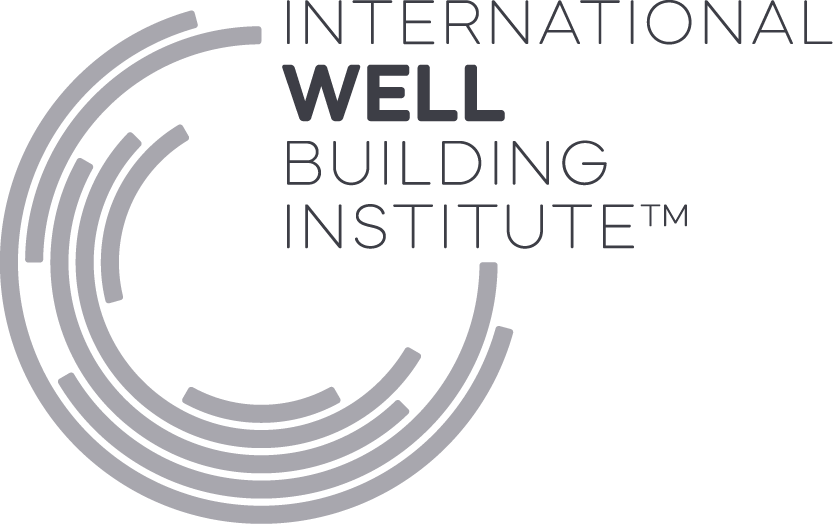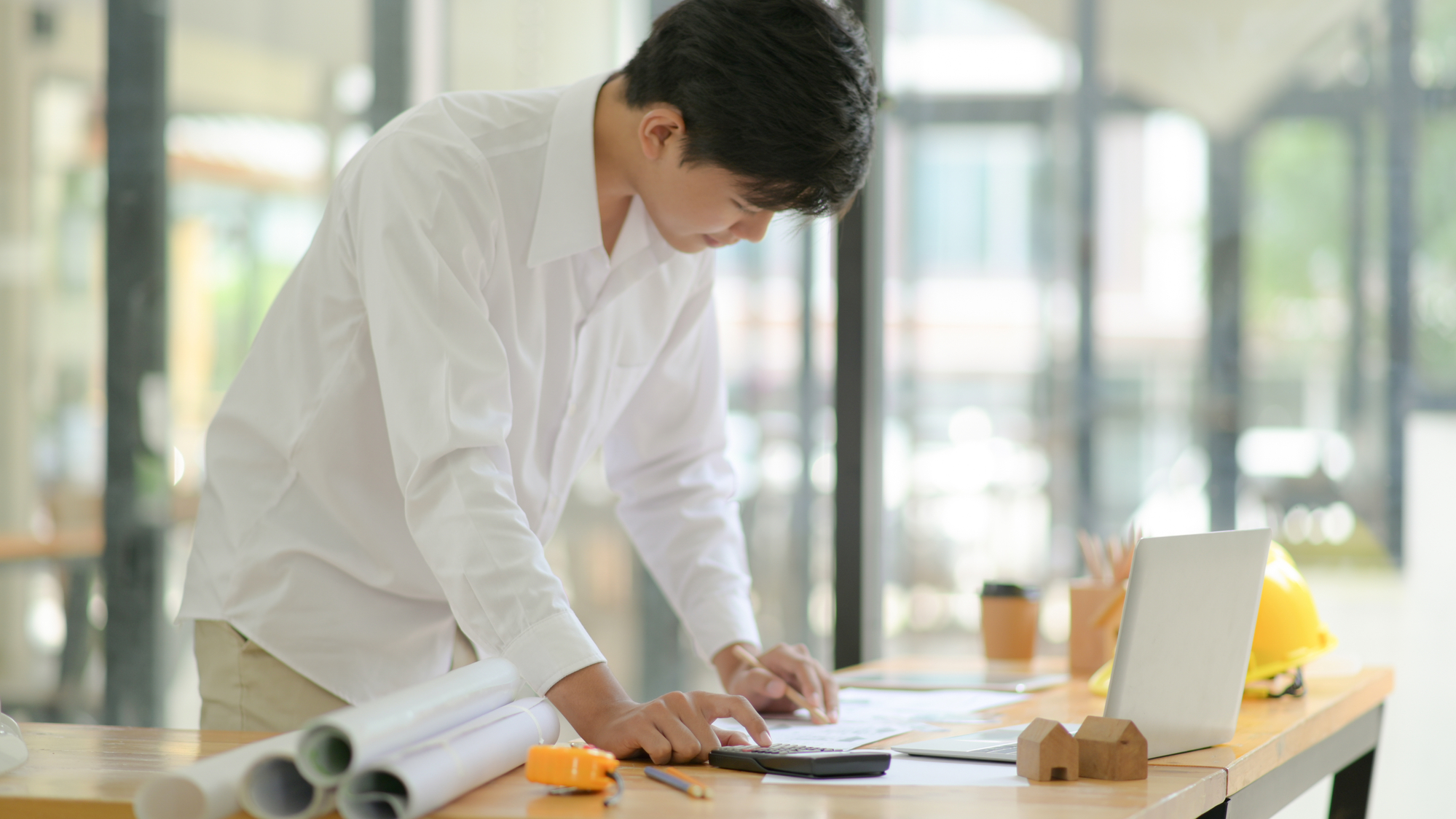
Rethinking How We Build: Constructing Spaces for Physical and Mental Wellness
Dr. Traci Rose Rider
Associate Professor, School of Architecture, NC State University College of Design
While the buildings and physical structures that surround us can blend into the background of daily life, this “built environment” can have significant impacts on both mental and physical health at the individual and community levels.
Unfortunately, the built environment can have a negative impact on health. For example, indoor air is often two to five times more polluted than the outdoors (EPA), resulting in allergies, asthma, irritants, and a negative effect on mental and physical health.
Conversely, many design strategies at the building scale can support health. Visual access to nature can reduce a person’s mental load, anxiety, and heart rate, while prominent and engaging stairs can encourage someone to bypass the elevator, allowing for more physical activity. Frequent water fountain placement can help address the fact that many Americans are dehydrated. The use of natural daylight can help encourage regular circadian rhythms, resulting in better sleep and all the associated benefits. Though sometimes invisible, the choices made in the creation of the built environment have major impacts on health.
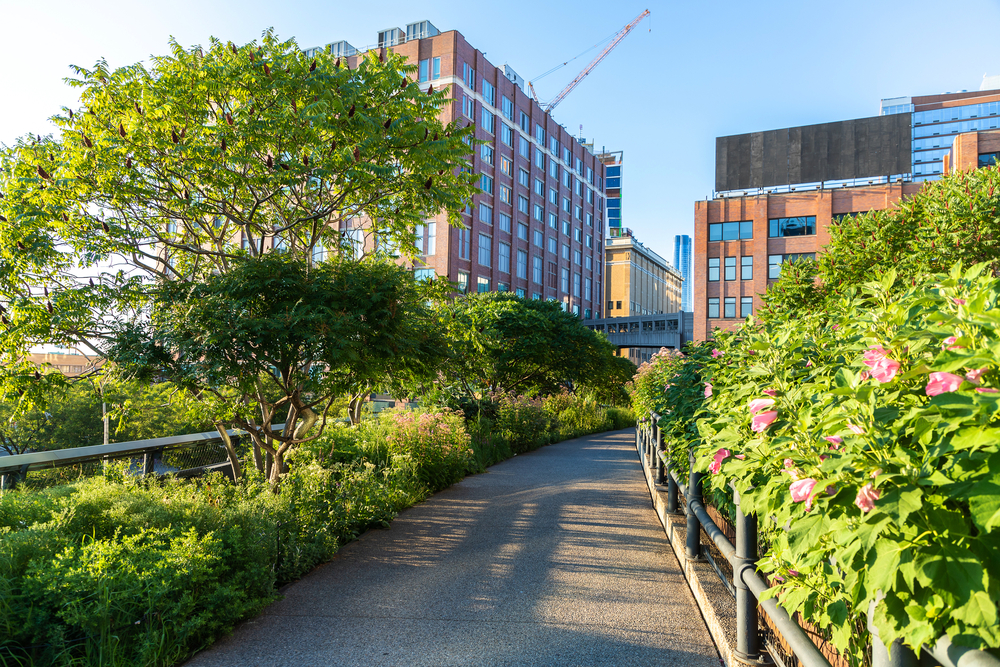
Beyond individual buildings, city planning and the design of streetscapes can also greatly impact health. Wide sidewalks and engaging, multi-use design on the first floors of urban streetscapes can encourage pedestrians and increase walkability, contributing to better mental and physical health.
Integrated “green spaces,” such as tree-filled parks or recreation areas, provide a place for daily respite and physical activity while reducing the “heat island effect” of the hard surfaces often found in cities. Many construction materials found in urban areas absorb and hold the sun’s radiation, releasing it throughout the day and warming the immediate area. This effect makes walking and existing in those built environments more uncomfortable. Even a fractional change in temperature can positively or negatively impact critters and insects that make up a healthy ecosystem. The built communal environment can impact humans and nature alike.
Most people want a place to be healthy as they work, live, or play, both indoors and outdoors. Wouldn’t it be great if built environments avoided dangerous practices, such as use of unhealthy paint or carpet adhesives, that are damaging to the body? And wouldn’t it be even better if built environments were designed with materials and functions that encourage health?
A number of organizations have taken on this charge, providing guidelines for building-industry professionals in design, construction, maintenance, and operations. “Green and healthy” building guidelines like the U.S. Green Building Council’s Leadership in Energy and Environmental Design, the International WELL Building Institute’s WELL Building Standard, the Center for Active Design’s Fitwel, and the International Living Future Institute’s Living Building Challenge are four of the leading resources for how to make better, healthier environments. Each of these four can be easily found online, and examples of strategies and implementation abound.
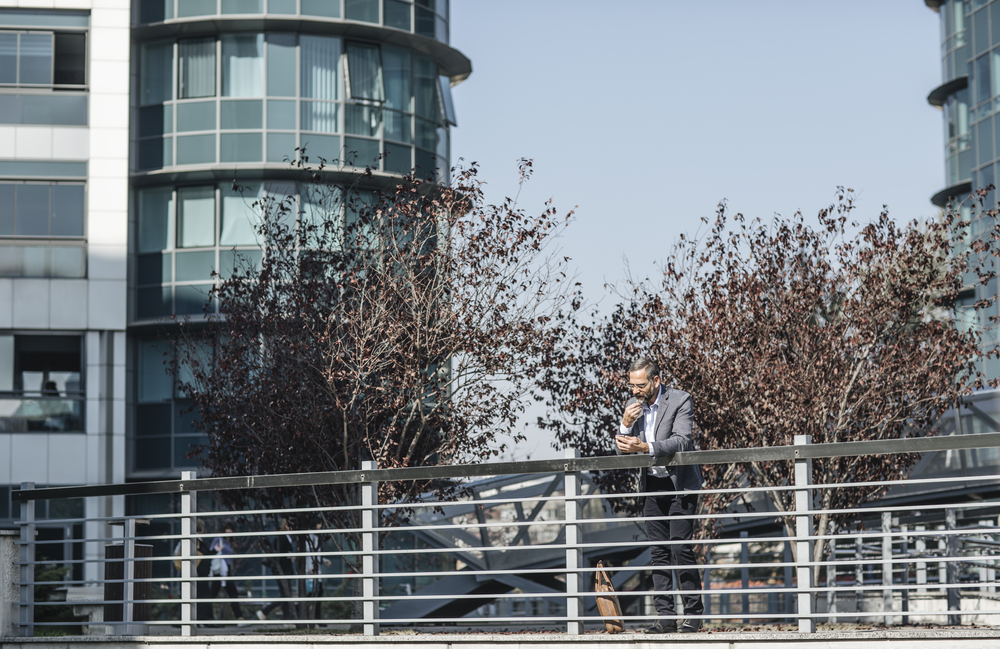
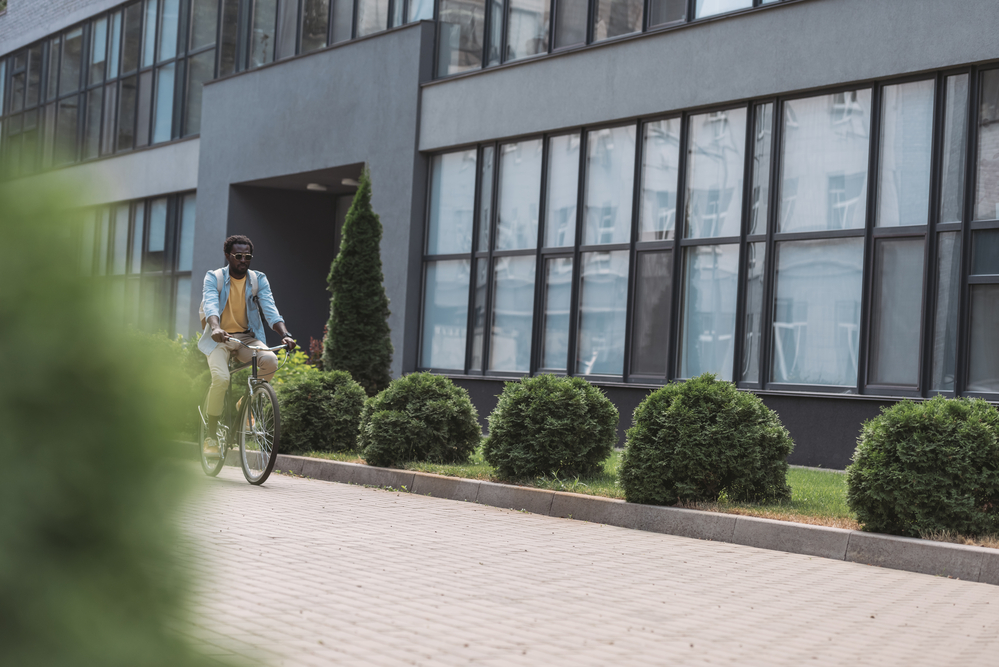
If you start thinking about the built environments you engage with every day – everywhere, really – you’ll begin to see design elements in a new way, helping or hindering your mental and physical health. Then, we encourage you to take a look at these rating systems and the suggested strategies to make modifications in the environments you can impact, and increase access to better, healthier environments for everyone.
Dr. Traci Rose Rider is an Associate Professor in the School of Architecture in NC State University’s College of Design. She teaches practice-based courses on health and sustainability to interdisciplinary student groups, empowering future professionals to craft healthy environments in their future practice. Her 2021 book, Building for Well-Being: Exploring Health-Focused Building Systems for Design and Construction Professionals, is available on Amazon.
Featured Poe Event:
2023 Annual Meetings and Conferences
BuildWELL: Designing Buildings & Spaces to Improve Health
This year, the conference will highlight North Carolina examples of buildings and spaces designed to improve health, in alignment with the emerging, internationally recognized WELL designations. Hear from experts who are building and developing our communities with a focus on our health as it relates to physical space and how it impacts our physical and mental well-being. This affects all of us as we work, learn, and play.
September 18, 2023 – Setptember 20,2023
